Prevent the consumption of subpar vegetables treated with pesticides and other chemical agents. Knowing how to grow your own vegetables indoors will give you complete control over how they are grown and when they are harvested.
gardeninginfo-online.com gathered information about 5 vegetables you can successfully grow indoors pesticide-free.
Growing Vegetables Indoors
Growing your own vegetables indoors eliminates the questions and doubts of their origin, what chemicals were used in their production, and how long they sat before reaching you at the market. Frankly, who wouldn’t love to simply reach out and snip their vegetables right off the growing plant for a meal.
Here’s how to easily grow 5 popular vegetables indoors:
Growing Lettuce Indoors
- Pots or Trays – Lettuce is quick-growing and shallow-rooted, dispensing the need for a deep container. Two to four-inch deep perforated trays are ideal.
- Plant Placement – For year-round harvesting, keep in a location sheltered from sudden temperature swings and freezing temperatures
- Light Requirement – Place your lettuce crops in a location that gets 12 hours of bright light each day in a south-facing window or bay window. If you don’t have enough light coming through your window, grow your crop under grow lights.
- Ideal Temperature – For optimal growth, keep the room at temperatures of 60-70°F with a 10°F drop at night. This will promote steady growth.
- Soil Requirements – Use a seed starting mix rather than potting soil or garden soil.
- Sowing Seeds (Spacing) – Sow your seeds by gently pressing them into the soil’s surface, then mist to keep moist. Most lettuce varieties can be spaced relatively closely1 1/2 inches apart.
- Water Needs – Keep the soil evenly moist. Lettuce, being 90% water, may need to be watered every other day. For seedlings, it’s best to water from the container’s bottom using a watering tray.
- Mulching – A light layer of mulch will keep the soil cool, reduce or eliminate weeds, and keep leaves clean by preventing soil from splashing on them.
- Fertilizer or Manure – Lettuce grows best in soil rich in organic compost.
- Growth Rate (Time to Harvest) – Germination should occur within about a week. Allow the plants to grow at least five to 6 inches before harvesting. Cut or pull the outer leaves; the center of the plants will continue growing. Lettuce bolts (goes to seed) quickly in hot weather.
- Cost of Seeds – Lettuce seeds can be found by the ounce or by the pound. You can find lettuce seeds varying from $6 to $9 per ounce and $38 to $43 per pound.
Popular lettuce varieties that can be grown in the same manner include:
- Batavia Lettuce
- Endive
- Frisée
- Romaine
- Butter Lettuce
- Watercress
- Chrysanthemum Greens
- Oak Leaf Lettuce
Note: If grown in ideal conditions, lettuce can be grown and harvested continuously throughout the year.
Growing Spinach Indoors
- Pots or Trays – When growing spinach, depth is more important, as these roots will grow deep. Select pots or growers at least six inches deep with drainage holes at the bottom and fill your pot(s) with moist, well-draining soil.
- Plant Placement – For the spring and summer months, place your container(s) where they will get indirect light. During the fall and winter months, you can move your pots to window sills as the sunlight is less intense and days are shorter.
- Light Requirement – Spinach plants do not need much sunlight, but they still require enough light for photosynthesis. When plants are light-deficient, foliage growth will be stunted and appear chlorotic (yellowing). An LED grow lamp will help supplement any light deficiencies.
- Ideal Temperature – An optimal growing temperature ranges between 50? F to 60? F.
- Soil Requirements – Spinach grows best in well-drained soil rich in organic matter like compost and with a pH of 6.5 to 7.
- Sowing Seeds (Spacing) – Sow spinach seeds ½ inch deep. Sow seeds 1 inch apart. Later, thin seedlings to 6 inches apart and use the thinnings in salads.
- Water Needs – Water spinach until the soil is moist but not fully wet. Keep the water off spinach foliage and make sure the soil is draining normally. Sitting water may cause the plants to develop fungal diseases or root rot.
- Mulching – Spinach plants don’t get very tall, so heavy mulching can be impractical. A layer of mulch applied on each side of the row can help the soil retain moisture.
- Fertilizer or Manure – Composted manure well-blended with the soil.
- Growth Rate (Time to Harvest) – Spinach needs 6 weeks of cool weather from seed sowing to harvest.
- Cost of Seeds – Spinach seeds can be found by the ounce or by the pound. You can find spinach seeds varying from $6 to $9 per ounce and $38 to $43 per pound.
There are so many spinach classifications, but they fall under three main varieties with many more sub-varieties. In proper conditions, these varieties can be grown indoors:
Savoy Spinach – If you stay in a very cold climate, this is the variety you want to grow. It does very well in cold conditions but requires persistent cleaning due to the crinkled leaves it produces. Typically, they are very productive. Bloomsdale and Regiment are some well-known sub-varieties of the savoy spinach.
Semi-savoy Spinach – Unlike the savoy spinach that grows really low, the semi-savoy variety grows a bit taller. As a result of the height, mud splashes are less frequent, and it does not produce as many crinkled leaves as the savoy variety. Common sub-varieties include Catalina, Indian Summer, Tyee, and Teton. The most interesting thing about this variety is that it is disease and bolt-resistant.
Smooth-leafed Spinach – In contrast to the other two varieties, the smooth-leafed spinach is the easiest to clean, as it produces leaves that do not crinkle. Space and Red Carnival are common examples of this sub-variety.
Growing Microgreens Indoors
- Pots or Trays – With shallow roots, two to four-inch deep perforated trays are ideal.
- Plant Placement – When microgreen seeds germinate, set the containers on a sunny windowsill to encourage growth.
- Light Requirement – Microgreens are flexible and grow well on a sunny windowsill. For maximum growth, 4-6 hours of sunshine per day is required, but if that is not available, a simple LED grow light will supplement their needs.
- Ideal Temperature – Microgreens will grow ideally at room temperature (around 70° F)
- Soil Requirements – Indoor potting soil (soil-less mix) is among the best choices for growing microgreens at home.
- Sowing Seeds (Spacing) – Scatter evenly over the soil, then cover with a thin layer of soil. Read the seed packet/label to see if there are any special instructions.
- Water Needs – Keep your planting medium damp. Promote healthy growth by watering from the bottom of the tray. Pour water into the tray and allow it to be absorbed by the roots and planting medium.
- Mulching – Because of their dense growth, microgreens do not require mulching.
- Fertilizer or Manure – Water-soluble fertilizers are recommended when needed.
- Growth Rate (Time to Harvest) – Under optimal conditions, you should be able to harvest your microgreens in just under two weeks. The plants are typically ready for harvesting once they have two ‘true’ leaves (Herbs grown as microgreens tend to be slow-growing, maturing in 16–25 days.)
- Cost of Seeds – Microgreen seeds can be found by the ounce or by the pound. You can find microgreen seeds varying from $1 to $2 per ounce and $12 to $17 per pound.
Note: When a seed germinates, it produces cotyledons, which look like small leaves. After the cotyledons appear, ‘true’ leaves will follow. At this point, the plants will be about two inches tall. Use a pair of scissors to snip a cluster just above the soil line. Once you have cut the microgreens, you can rinse them gently and dry them with a salad spinner (or kitchen towel) to prevent wilting.
Growing Scallions (Green Onions) Indoors
- Pots or Trays – Grow scallions in just about any type of container, pot, or box. The root system is quite shallow, and the plants do not take up too much room.
- Plant Placement – For the fastest growth, place scallions in a bright, sunny spot receiving 6-8 hours of sunlight per day.
- Light Requirement – Scallions will grow well in lower light conditions. The quality of the plants won’t suffer, but they will slow their growth.
- Ideal Temperature – Keep moist and maintain at a temperature of about 65-75°F.
- Soil Requirements – A nutrient-rich, well-draining potting soil amended with well-decomposed compost is ideal for scallions. Scallions prefer a soil pH of 6.0 – 7.0.
- Sowing Seeds (Spacing) – Sow scallion seeds one to two inches apart and a quarter of an inch deep.
- Water Needs – Scallions need evenly moist soil throughout the growing season. Provide the onion plants with about 1 inch of water weekly. For optimal plant growth, the soil does not need to be soaked or soggy, but it should be moist.
- Mulching – Light mulching (half-inch) with organic material will suppress weed growth and retain moisture.
- Fertilizer or Manure – Fertilizers high in nitrogen, like fish emulsion, will keep them green and growing vigorously.
- Growth Rate (Time to Harvest) – Seedlings emerge in 7-14 days, and plants are ready for harvest after 60 to 80 days.
- Cost of Seeds – Scallion seeds can be found by the ounce or by the pound. You can find scallion seeds varying from $12 to $17 per ounce and $80 to $90 per pound.
Tip: For store-bought scallions, you can cut off the tip with the roots and place it in a glass with about an inch of water. When the roots are 2 or 3 inches long, plant them in potting soil in a shallow container. You can then harvest the green tops and let the plant continue to grow or use the entire green onion.
Growing Tomatoes Indoors
- Pots or Trays – You can start your tomato plants in trays. After one month of growth, transplant seedlings to large pots 8-12 inches deep (minimum).
- Plant Placement – Tomato plants like a lot of light. So when growing them indoors, place them by your brightest window.
- Light Requirement – Tomatoes require 6-8 hours of full sun per day.
- Ideal Temperature – Tomato seeds germinate fastest at temperatures between 70° and 80°F. After germination, the plants will thrive in temperatures between 65° and 75°F.
- Soil Requirements – Tomato plants perform best in loose, rich, and well-drained soil.
- Sowing Seeds (Spacing) – Sow tomato seeds one to two inches apart and a quarter of an inch deep. After one month of growth, transplant to individual deep containers.
- Water Needs – Early in the growing season, morning waterings are recommended. As plant sizes increase, you may need to water your tomato plants twice a day. Tomato plants grown in containers will need 2-4 inches of water a week.
- Mulching – Considered by many growers, the best tomato mulches are pebbles, bark mulch, or straw.
- Fertilizer or Manure – Two weeks after planting, begin watering weekly with a soluble fertilizer. Use a balanced fertilizer with a 1-1-1 ratio such as 20-20-20 until the plants begin flowering. Once flowering, switch to a high potassium fertilizer. Most fertilizers blended for tomatoes are already in these ratios.
- Growth Rate (Time to Harvest) – It usually takes indoor tomato plants 60 to 80 days to produce fruit (about the same time as they do when grown outdoors).
- Cost of Seeds – Tomato seeds can be found by the ounce or by the pound. You can find tomato seeds varying from $18 to $22 per ounce and $115 to $125 per pound.
Note: Manure (composted bovine, chicken, worm, etc.) makes an excellent soil amendment, especially as a pre-treatment before planting.
Tip: Find the perfect spot. Tomatoes won’t grow indoors unless the indoor conditions mimic those of an outdoor garden.
Pros and Cons of Gardening Indoors
When gardening indoors, you are ultimately in control of all aspects of the plant’s growth and environment. You maintain its water, soil quality, and manually fertilize the plants. A big plus is that your plants are not at the mercy of unpredictable weather or outside wildlife and insects, giving you plants that could produce vegetables year-round.
However, growing edibles indoors does have some challenges, including getting light levels right, a lack of pollinating insects, and little to no wind. Adequate air circulation is crucial for flooding plants with carbon dioxide as well as pollinating any flowers. Also, no matter if you are inside or out (or how careful you may be), some pests and plant diseases can reach your indoor growing activities.
Here are a few tips to keep in mind if you’re considering growing vegetables indoors.
- Use good quality potting mix, not garden soil – mixes dedicated to potting usually have vermiculite or perlite, allowing for better drainage.
- Be sure to choose containers (deep or shallow) that have ample holes to allow for adequate drainage and are sized correctly for the plant species you are growing (shallow and rooted greens typically only need about a 2-inch depth, while deep-rooted tomatoes will need at least 12 inches of soil).
- Consider supplemental lighting (grow lights) if your home doesn’t offer enough natural light (intensity or duration).
If you’d like to try your hand at a more ambitious project (growing mangos indoors), visit gardeninginfo-online.com/growing-mango-tree-indoors/
Indoor Vegetable Gardening
In this article, you discovered indoor growing information on 5 easy-to-grow vegetables, giving you complete control over what is used to produce them.
Growing your own vegetables offers your diet more fresh, chemical-free options that can easily be harvested year-round.
Continuing to consume store-bought vegetables may leave you exposed to harsh pesticides, disease-causing bacteria, and sub-par quality produce.
Sources:
ucanr.edu/blogs/blogcore/postdetail.cfm?postnum=42533
exclusives.ca.uky.edu/2020/hort/bring-your-garden-inside
web.extension.illinois.edu/gpe/case1/c1a.html
extension.usu.edu/archive/can-you-grow-tomatoes-in-the-winter
The post Successfully Grow These 5 Vegetables Indoors appeared first on http://gardeninginfo-online.com.
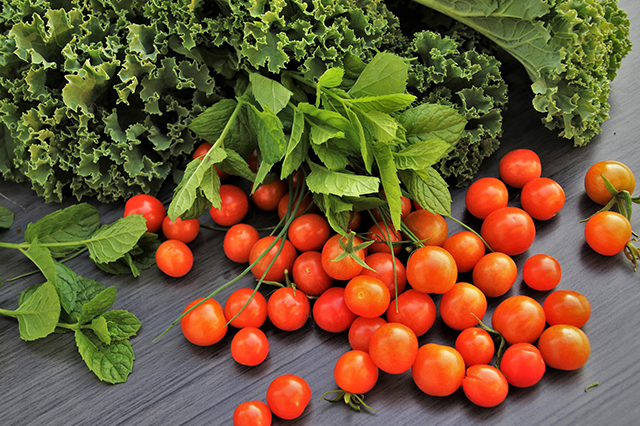
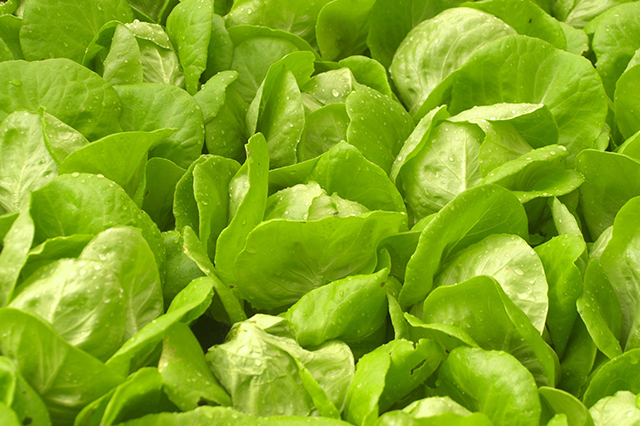
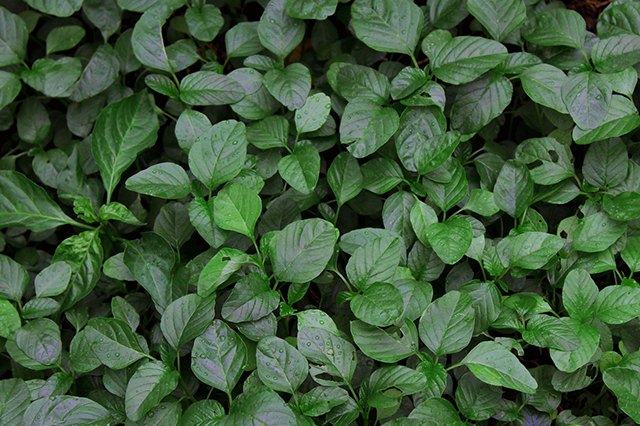

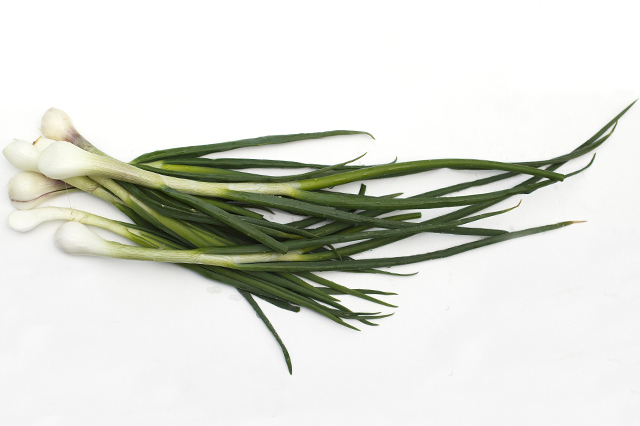
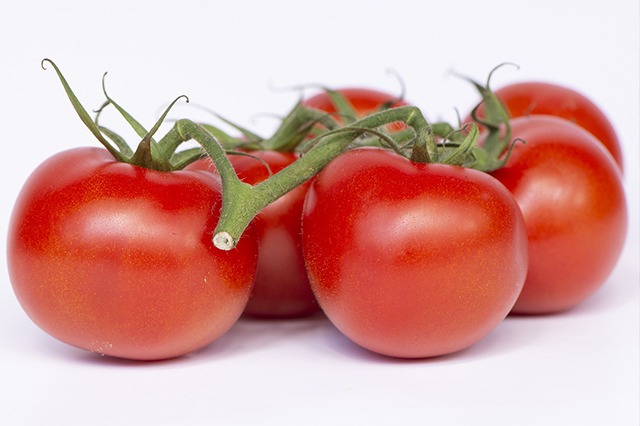
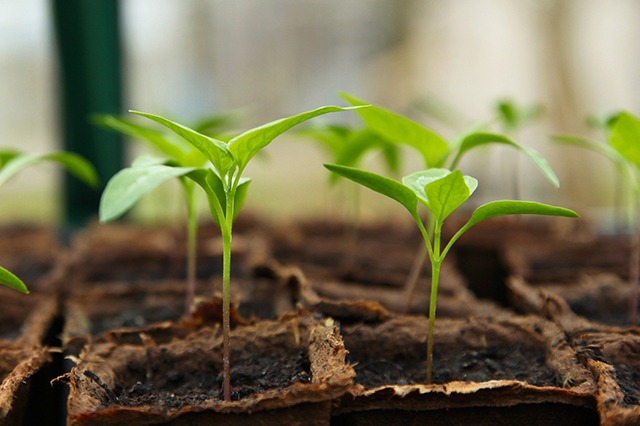
No comments:
Post a Comment